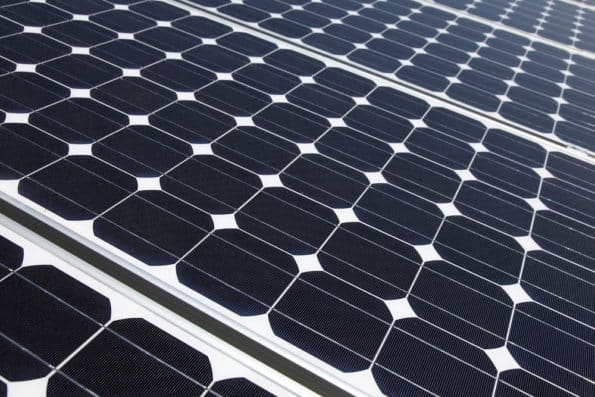Off-Grid Energy Soothes the Sting of Peak Demand Charges

Electricity consumption during certain times of day comes at a high price. To prevent brownouts during demand spikes, utility companies maintain a lot of very expensive equipment on standby and they pass that expense on to commercial (industrial) ratepayers in the form of demand charges — a portion of the electric bill, in addition to actual consumption, that customers pay to ensure utilities can supply “extra” energy, if and when needed. For commercial customers, demand charges account for about 30 percent of the electric bill.
The demand charge is typically based on time of use – the time of day a utility considers the peak period (for example, noon to 6 pm). How the charge is imposed, however, differs across utilities. Some increase the rate for electricity actually used during the peak period. Others base it on the highest level of consumption sustained for 15 minutes during the peak period. For simplicity, let’s say your peak demand consumption is never more than 40 kW, but for some reason one day it reaches 50 kW for just 15 minutes. Your peak demand meter is now set to 50 kW, often for a 12-month period, even if you never use that much again.
Energy storage and fuel cells
Until recently food retailers have had few if any, strategies for reducing peak-period consumption. Dimming the lights and selling lukewarm milk or melting ice cream obviously are not options. But limiting the amount of power drawn from the electric grid can be.
Utilities have been investing heavily in technologies that lessen the load on an aging electric grid, some of which can help food retailers reduce demand charges by going off-grid for some of their energy during peak periods.
Rooftop solar, the best-known form of off-grid power, has proven very effective in increasing grid independence, and battery storage promise to bring it to the next level. Instead of using solar energy as it’s generated, battery storage allows it to be reserved for use during peak periods.
Lowering peak-demand consumption with thermal energy storage works on a similar principle. Energy from the grid is used during off-peak times to effectively create a large block of ice or other heat sinks. Thermal energy is stored in a tank and used to supply cooling during peak demand times.
The current application of fuel cells in grocery stores entails converting natural gas into electricity. Along with serving as a reliable source of backup power, fuel cell use can be an effective strategy for combating demand charges where these are high and natural gas prices are low.
How do these fit into your stores?
There’s no rough-and-ready formula for figuring out which of these technologies is best. The factors that go into determining feasibility and cost-effectiveness are many and complex, including regional energy costs and grid stability, available incentives, financing options, building specifics, and your energy-use profile, to name a few.
But if you’re in an area where demand charges are especially high, these solutions could save $20,000 to $40,000 a year in energy for refrigeration alone. Hillphoenix will help you understand your options and implement the ones that are right for you.